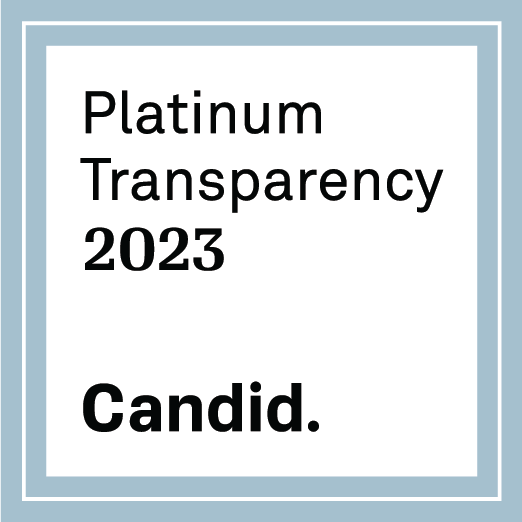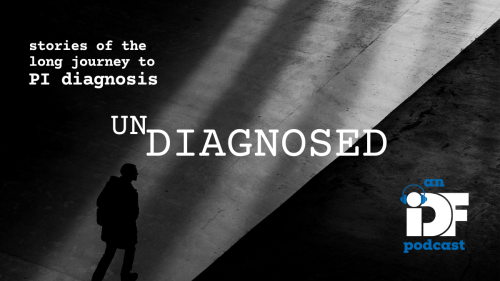
-
Understanding primary immunodeficiency (PI)

Understanding PI
The more you understand about primary immunodeficiency (PI), the better you can live with the disease or support others in your life with PI. Learn more about PI, including the various diagnoses and treatment options.
-
Living with PI
-
Addressing mental health
-
Explaining your diagnosis
- General care
- Get support
- For parents and guardians
-
Managing workplace issues
- Navigating insurance
-
Traveling safely

Living with PI
Living with primary immunodeficiency (PI) can be challenging, but you’re not alone—many people with PI lead full and active lives. With the right support and resources, you can, too.
-
Addressing mental health
-
Get involved

Get involved
Be a hero for those with PI. Change lives by promoting primary immunodeficiency (PI) awareness and taking action in your community through advocacy, donating, volunteering, or fundraising.
-
Advancing research and clinical care
-
Grants
-
IDF surveys
-
Participating in clinical trials
-
Diagnosing PI
-
Consulting immunologist
-
Clinician education

Advancing research and clinical care
Whether you’re a clinician, researcher, or an individual with primary immunodeficiency (PI), IDF has resources to help you advance the field. Get details on surveys, grants, and clinical trials.
-
Grants
Immunoglobulin (Ig) replacement therapy is a lifesaving, lifelong treatment for many people with primary immunodeficiencies (PI), specifically those who are antibody deficient. For those who rely on this treatment, you need to know how your therapy is covered under your insurance. Is it part of your pharmacy benefit or your medical benefit? This is always important to understand, but it’s especially critical to know when there are supply issues that may prevent you from receiving your normal vial sizes for your dose.
Some patients have reported increased costs for their treatment due to vial sizes being unavailable and having to change certain elements of their infusions. Those who have their treatment covered under the pharmacy benefit could be faced with additional out-of-pocket costs for their treatment if their normal vial size is not available.
Each vial size has its own National Drug Code (NDC) in which pharmacy payers charge a co-pay for. So, if an incremental vial size is added that could trigger an incremental co-pay. For example, if you typically receive one 30-gram vial but it is not available so it is changed to one 20-gram vial and one 10-gram vial, you may be charged two co-pays. This is due to the NDC count increasing up to two from just the one NDC for the original 30-gram vial. Again, this scenario can happen when your treatment is processed under the pharmacy benefit.
When treatment is covered under the medical benefit, different vial sizes can trigger additional billing. For example, if you normally receive one 30-gram vial but it is changed to three 10-gram vials there would be no change in your co-pay since the three vials are the same size. If the 30-gram changed to a 20-gram vial and a 10-gram vial, however, this could lead to two co-pays due to the two different vial sizes.
In short, out-of-pocket expenses can potentially increase when vial sizes are changed. It is important to know whether your Ig therapy is covered as part of your pharmacy benefit or medical benefit. Once you are armed with that information, you and your provider can address how this affects you and determine what appropriate changes should be made if there are issues with the supply of certain vial sizes.
Questions? Submit your questions through Ask IDF.
This content should not be used as a substitute for professional medical advice. In all cases, patients and caregivers should consult their healthcare providers. Each patient’s condition and treatment is unique. The benefits and risks of any treatment should be discussed with the patient’s provider.
Related resources
Sign up for updates from IDF
Receive news and helpful resources to your cell phone or inbox. You can change or cancel your subscription at any time.





The Immune Deficiency Foundation improves the diagnosis, treatment, and quality of life for every person affected by primary immunodeficiency.
We foster a community that is connected, engaged, and empowered through advocacy, education, and research.
Combined Charity Campaign | CFC# 66309




